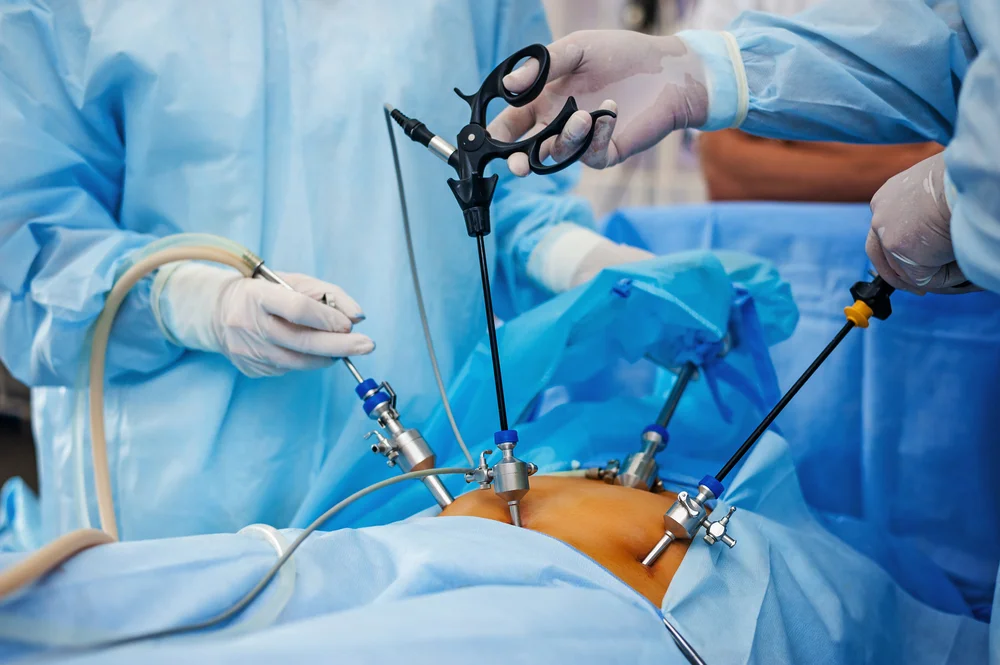What is Laparoscopic Surgery?
Laparoscopic surgery, also known as minimally invasive surgery or keyhole surgery, is a modern surgical technique that involves making small incisions (usually 0.5-1.5 cm) in the abdomen through which a laparoscope (a thin tube with a camera) and specialized surgical instruments are inserted.
The laparoscope transmits images of the abdominal cavity to high-resolution video monitors, allowing the surgeon to perform the procedure without making a large incision. This approach offers several advantages over traditional open surgery, including reduced pain, shorter hospital stays, and faster recovery times.
Conditions Treated with Laparoscopic Surgery
Laparoscopic techniques can be used to diagnose and treat various conditions, including:
- Gallbladder diseases (gallstones, cholecystitis)
- Appendicitis
- Hernias (inguinal, umbilical, hiatal)
- Gynecological conditions (endometriosis, ovarian cysts, ectopic pregnancy)
- Gastrointestinal disorders (GERD, diverticulitis, colorectal conditions)
- Kidney and urological conditions
- Certain cancer surgeries
How Laparoscopic Surgery Works
The procedure typically follows these steps:
- The patient is placed under general anesthesia
- A small incision is made near the belly button for the laparoscope
- Carbon dioxide gas is pumped into the abdomen to create working space
- Additional small incisions are made for surgical instruments
- The surgeon performs the procedure while viewing the internal organs on a monitor
- After completing the surgery, the instruments are removed and the gas is released
- The small incisions are closed with stitches or surgical tape
Benefits of Laparoscopic Surgery
Smaller Incisions
Typically results in less scarring and better cosmetic outcomes compared to open surgery.
Less Pain
Patients generally experience less postoperative pain and require fewer pain medications.
Faster Recovery
Shorter hospital stays and quicker return to normal activities compared to open surgery.
Reduced Blood Loss
Minimally invasive techniques typically result in less blood loss during surgery.
Lower Infection Risk
Smaller incisions reduce the risk of wound infections compared to large open incisions.
Potential Risks and Complications
Bleeding
Although rare, excessive bleeding may occur during or after the procedure.
Infection
Risk of infection at the incision sites or internally, though less common than with open surgery.
Organ Injury
Possible accidental damage to nearby organs or blood vessels during the procedure.
Anesthesia Risks
Potential complications related to general anesthesia, such as allergic reactions or breathing problems.
Recovery After Laparoscopic Surgery
Recovery time varies depending on the specific procedure and individual patient factors, but generally includes:
- Hospital stay of 1-2 days for most procedures (some may be outpatient)
- Mild to moderate pain at incision sites for a few days
- Return to light activities within a week
- Full recovery typically within 2-4 weeks
- Follow-up appointment with your surgeon to monitor healing
Your surgeon will provide specific postoperative instructions regarding wound care, activity restrictions, and signs of potential complications to watch for.
